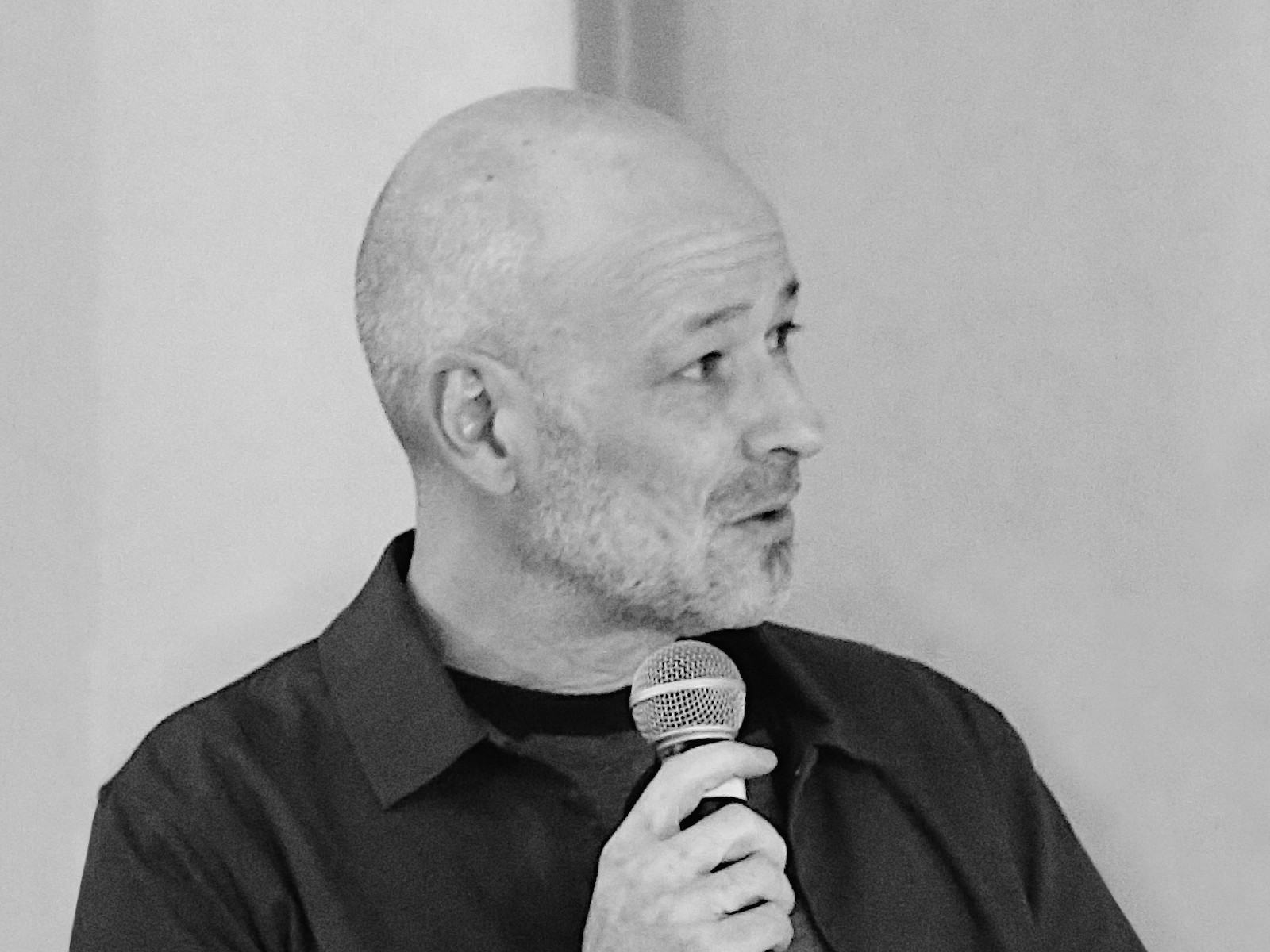As an artist and a scientist I have to feed my mind with food for thought. But even if the web contains a huge amount of this kind of food, we have to look for it. Of course, search engines are of great help for that purpose. But it’s still time-consuming to dive the web searching for good ideas or nice implementations. So I decided to share some interesting links I found during my web surfing.
The Cellular Automata Explorer | Tinkerings
[Gavin] built a standalone electronic device to explore the 1D-2-states automata. It’s not this is not cutting edge research but the device has a cool looking half-steampunk-half-dieselpunk design I like very much. The blog contains interesting articles for the math inclined readers.
Trickle Down Aesthetics – Cellular Automata in recent works by Troika | CAN
[Troika] is an artist collective who graphically explored some 1D cellular automata to produce frames made of 4 and 6 sided dice. The noticeable interesting thing here is that the use of dice allows to superimpose a pair of values; each cell-die has a colour and a face-value.

